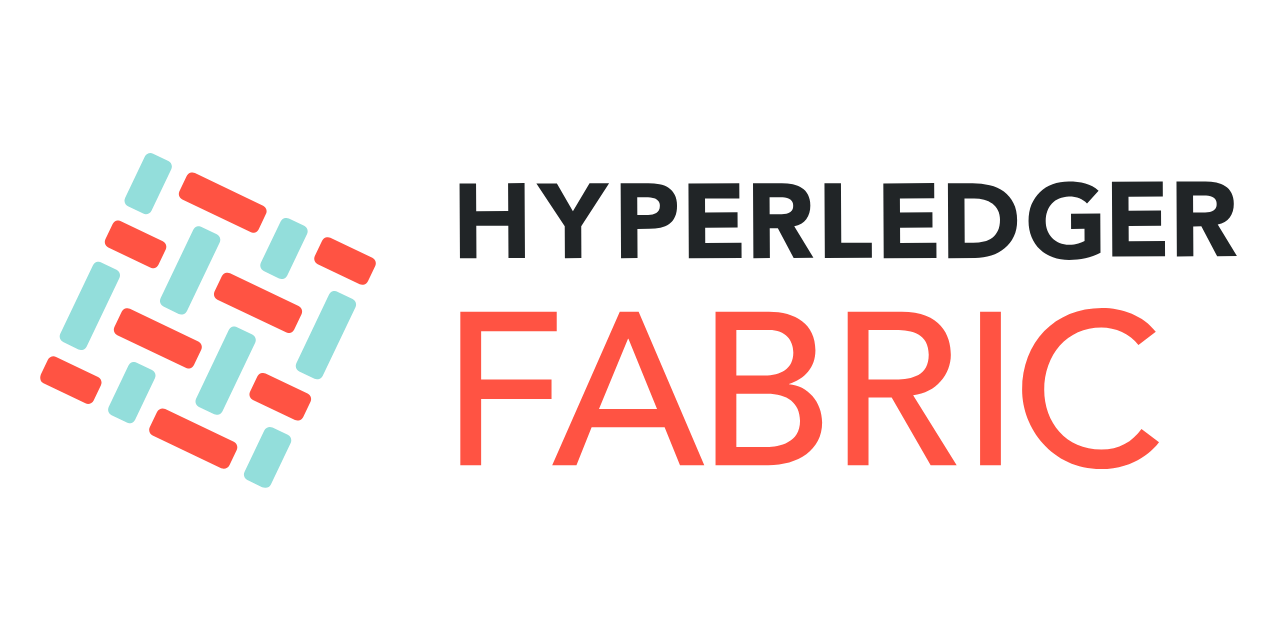Over the next few weeks, we'll be looking at the different blockchains available for developers and doing a deep dive into their capabilities. We start things off with Hyperledger Fabric, a blockchain framework implementation and one of the Hyperledger projects hosted by The Linux Foundation. Hyperledger Fabric allows components, such as consensus and membership services, to be plug-and-play. It leverages container technology to host smart contracts called "chaincode" written in Go, Java, JavaScript, and TypeScript. Fabric is also a private blockchain. A platform for distributed ledger solutions, underpinned by a modular architecture that delivers high degrees of confidentiality, resiliency, flexibility, and scalability.
The Unique Features of Hyperledger Fabric
Flexible
Firstly, Hyperledger Fabric is an extremely powerful and flexible platform. It supports a wide range of use cases, from simple peer-to-peer applications to complex distributed applications. Fabric is highly configurable and can be deployed in a variety of settings, from a single server to a global network of servers. Fabric also supports multiple programming languages, making it easy to develop applications on the platform.
Modular
Secondly, it uses a modular architecture, making it easy to develop and deploy applications on the network. The modularity of Hyperledger Fabric allows for the deployment of blockchain applications in a variety of environments, from small test networks to large production networks and that can be deployed on-premise, in the cloud, or in a hybrid environment. Its plug-and-play design makes it easy to integrate with existing systems, and its broad range of application programming interfaces (APIs) and tools make it easy to develop new applications on the platform.
Scalability
Thirdly, it is also one of the most scalable blockchain platforms, able to handle thousands of transactions per second. Hyperledger Fabric is a permissioned blockchain network that scales horizontally. This means that as more users join the network, the performance of the network increases. This is in contrast to traditional blockchain networks which scale vertically, meaning that the performance of the network decreases as more users join. Another benefit of the scalability of hyperledger fabric is that it can be used to process a variety of different types of transactions. This means that businesses can use the platform to process both simple and complex transactions. This flexibility makes it a good choice for businesses that have a variety of different needs.
Security
Additionally, Hyperledger Fabric uses a unique consensus algorithm, called PBFT, which is more efficient and secure than other algorithms. In the previous section, we learned that Fabric is a permissioned network, meaning only authorized participants can access the network. This makes it more secure than public blockchain networks. Hyperledger Fabric aims to solve data security, data privacy, and data integrity in the industry. Doesn't hurt that it's on top of Linux as well.
Use Cases of Hyperledger Fabric
In the past few years, blockchain technology has been gaining popularity and is being adopted by various industries. Hyperledger Fabric is one of the most popular blockchain frameworks and is being used by various industries for different use cases. Some of the industry use cases for Hyperledger Fabric are:
1) Supply Chain Management: Hyperledger Fabric can be used to create a decentralized and tamper-proof supply chain management system. This can be used to track the movement of goods and materials throughout the supply chain. This will help to improve transparency and efficiency in the supply chain.
2) Healthcare: This can be used to store and share patient medical records. This will help to improve the quality of healthcare and also help to reduce costs.
3) Banking: This can be used to store and share banking records. This will help to improve the efficiency of the banking system and also help to reduce costs.
4) Insurance: This can be used to store and share insurance records. This will help to improve the efficiency of the insurance system and also help to reduce costs.
5) Voting: This can be used to store and share voting records. This will help to improve the transparency of the voting process and also help to reduce the costs of conducting elections.
There are a number of companies using Hyperledger Fabric for developing blockchain applications. Some of these companies are:
IBM: IBM is one of the largest companies in the world and is using Hyperledger Fabric for a number of different projects. One example is their work with the global shipping company Maersk. Together, they are developing a blockchain platform to help manage the global supply chain.
Walmart: Walmart is another giant company that is using Hyperledger Fabric. They are working on a blockchain platform to help manage their food supply chain. Walmart is also a member of the Hyperledger consortium.
J.P. Morgan: J.P. Morgan is one of the largest banks in the world and they are using Hyperledger Fabric to develop a blockchain platform for their own internal use.
Conclusion
These are just a few examples of the many companies using Hyperledger Fabric for blockchain applications. As the technology continues to mature, we can expect to see even more companies including us at Storygame using it for a variety of different projects.

